The Migration: Reflections on Jacob Lawrence, Kreeger Theatre, Arena Stage, Washington, DC
Published on June 11, 2024 by A Theatre-Goer’s Thoughts
The current offering at Arena Stage is The Migration: Reflections on Jacob Lawrence, performed by the Step Afrika! company, which also created their Magical Musical Holiday Step Show at Arena Stage in December. Migration is a much more diverse production, a synthesis of dance that goes beyond stepping, with aspects of modern, folk, tap, and ballet as well, to a score that combines African-inspired tribal music, jazz, and spirituals, as well as “tunes” created through percussion, including drums, sticks, and the performers’ feet, hands, and bodies, with occasional accompaniment by other instruments. There is minimal use of language outside the lyrics of the handful of songs.
The Migration of the title refers to a series of paintings created by the prodigious African American artist Jacob Lawrence (1917-2000) depicting aspects of the movement of “the Great Migration” as millions of African Americans left the violence and discrimination of the Jim Crow South for the cities of the North and Midwest in search of fairer treatment and more opportunities. At the age of 23, Lawrence created a series of 60 panels depicting this movement. He continued to draw inspiration for his paintings from the everyday lives of the African Americans he knew growing up in Harlem, reflecting the colors and patterns used by the people he painted. His paintings are more suggestive than realistic but convey the essence of the struggles of his subjects.
The Step Afrika! performance encompasses much more than just “the Great Migration.” It begins in Africa, before the arrival of the ships on which the earliest African migrants were forced to travel. Despite being uprooted from their homelands, they brought their traditions and their drums. One of the few spoken lines is, “They took our drums but could not take our beats,” a line that emphasizes the strength and resiliency of the people.
For me, the most striking portion of the show is the last half of the first act, “Wade Suite,” which consists of two movements, “The Deacon’s Dance” and “Wade.” The focus here is on the influence of the dance and the importance of the church. “The Deacon’s Dance” shows a deacon dressing and preparing for Sunday services using elaborately detailed stepping and tap moves. “Wade” uses the words and music of the spiritual “Wade in the Water” to underscore the dignity, formality, and exuberance of the occasion.
The second act focuses on what is commonly referred to as “the Great Migration,” primarily the 1920s and a few years before and after. The “Trane Suite” illustrates the crucial role the railroads played in this movement as Southern Blacks purchased one-way tickets north. Movement One, “Trane,” honors musician John Coltrane as well as Duke Ellington’s “Take the A Train,” building on the rhythms of the train. Movement Two, “Off the Train,” depicts the excited anticipation of three male migrants who have just arrived in the North. Movement Three, “My Man’s Gone Now,” demonstrates the hardships that occurred as men moved North alone to forge the path as their wives were left in the South to tend to their children as they awaited reunification of the family.
The final portion of the show, “Chicago,” demonstrates the integration and transition of the newly-arrived Southerners, combining their rhythms and traditions with those of the “big city” in the North. Chicago was a major, but not the only, destination; migrants also targeted cities like Philadelphia, Detroit, and Los Angeles.
Jakari Sherman directs the production (and was the original projection designer), now in its 15th year as part of the Step Afrika! repertoire, with original scenic design by Harlan Penn, lighting design by Marianne Meadows, costume design by Kennann Quander, and sound design by Patrick Calhoun. The elements are seamlessly coordinated.
One of the primary features of “stepping” is the incredible precision with which intricate and detailed movements are coordinated among the performers so that every hand, elbow, and knee of every single performer is synchronized to within hundredths of a second. It is fascinating and awe-inspiring to watch, but such unity in performance makes it difficult, if not impossible, to single out individuals. The program lists 25 members of the Company. I noted that much of the time 10 to 12 members were on stage at once, but I could not determine which performers were performing certain “roles” in the performance. Truly, this is an ensemble effort, in which the company members have been totally successful in becoming elements of a whole so that the individual is lost. And that is one of the highest compliments I can pay.
To draw inspiration from Lawrence’s original 60 paintings, half of which are owned by D.C.’s Phillips Collection and half by N.Y.’s Museum of Modern Art, the Step Afrika! company has taken two-dimensional artworks and given them kinetic energy to tell a story through movement, music, and stagecraft, with a degree of precise detail that is exhilarating to experience. The production, which continues in the Kreeger Theatre at Arena Stage through July 14, provides an excellent way to commemorate both the Juneteenth and Independence Day holidays.
VIEW THE ARTICLE ON THEIR BLOG